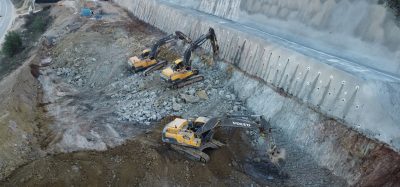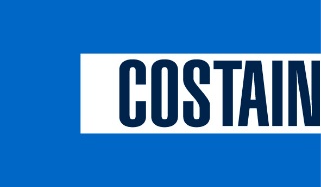Copenhagen’s S-Bane network to get signaling from Siemens worth 252 million euros
Posted: 5 August 2011 | | No comments yet
Modern infrastructure makes commuter rail more attractive and lowers the CO2 impact…


Banedanmark, the Danish railway infrastructure developer and operator, has placed a contract with Siemens for the modernization of the complete signaling system of the Copenhagen commuter rail (“S-Bane”) network. This contract is worth 252 million euros, making it the biggest rail automation order that Siemens has ever received. It calls for the supply and installation of the fully automatic Trainguard MT type train control system, Sicas type electronic interlockings, and switch machines. The equipment package also includes a brand-new operations control center. The first of six construction phases equipped with the new signaling system is scheduled to go into operation already before the end of 2014. The contract also includes maintenance services for 25 years.
Siemens Mobility is to equip the 170 kilometers of Copenhagen’s double-track S-Bane (commuter rail) network for Communication Based Train Control (CBTC), an automatic radio-based train control system. The 135 S-Banes currently in use, the maintenance fleet, and the tracks of the seven commuter rail lines will be successively modernized in six constructions phases by the year 2018. The replacement of the present signaling system, parts of which are more than 50 years old, is intended to substantially increase the capacity and the reliability of current rail services. This will make riding the S-Bane more attractive to commuters and therefore lower the use of private motor vehicles. At the same time, these modern systems will cut energy consumption.
“The Danish parliament – the Folketing – has given itself the mission of doubling the capability of the domestic railway services by 2030. The re-signaling of Copenhagen’s S-Banes is one of the milestones in this mission,” says Jesper Hansen, CEO of Banedanmark.
“By modernizing its railway infrastructure, Copenhagen is pursuing its ambitious environmental protection goal of making the city carbon neutral by 2025. For Siemens, this also marks the biggest rail automation order we have ever received,” said Hans-Jörg Grundmann, CEO of the Siemens Mobility Division.
Siemens can supply the level of system functionality specified by Banedanmark by using service-proven technology that is adapted to fit the specific operating requirements of the S-Bane network. And Jochen Eickholt, CEO of the Siemens Rail Automation Business Unit, adds, “We have more than 25 years’ experience in communication based control solutions for metro, commuter rail and mainline services and are the market leader in rail automation. Our Trainguard CBTC systems are operating successfully all over the world. The challenge in Copenhagen lies in performing the installation and migration work during ongoing rail operations and, at the same time, in meeting a tight time schedule.”
Copenhagen’s commuter rail lines are to be equipped initially for Semi-Automated Train Operation (STO), enabling the trains to run independently of fixed line sections and at dynamically optimized headways (known as the moving block system). Train operation will thus be automated to a great extent and do away with trackside signals but still require driver involvement. This will shorten the service interval between trains in the inner-city area from the present 120 seconds to 90 seconds. The contract also includes the option for the conversion to driverless operation at a later date. The S-Banes will then be controlled and monitored fully automatically without any drivers in Unattended Train Operation mode.
The Trainguard MT system from Siemens Mobility comprises all the functions necessary for the monitoring, execution and control of the entire S-Bane operations. It provides for continuous data communication between the trackside equipment and the rail vehicle via a radio network (WLAN-Wireless LAN). This means every S-Bane can be located precisely in the railway network without the need for axle counters or track circuits. The optimum speed and the safe distance to be kept between two trains while they are in motion are constantly recalculated and transmitted straight to the train control system on the vehicles. This enables the rail operators to optimize the capacities of their networks with closer headways, to improve the punctuality of their service and to ensure energy-efficient operations.
The modernization of Copenhagen’s S-Bane network is part of the government’s program of renewing the entire railway signaling in Denmark by the year 2020. The aim of this program is to boost the capacity and reliability of rail service by the year 2030. It is the biggest and most sweeping modernization project of its kind ever seen in Europe. A total of 3.2 billion euros has been allocated for this purpose.








